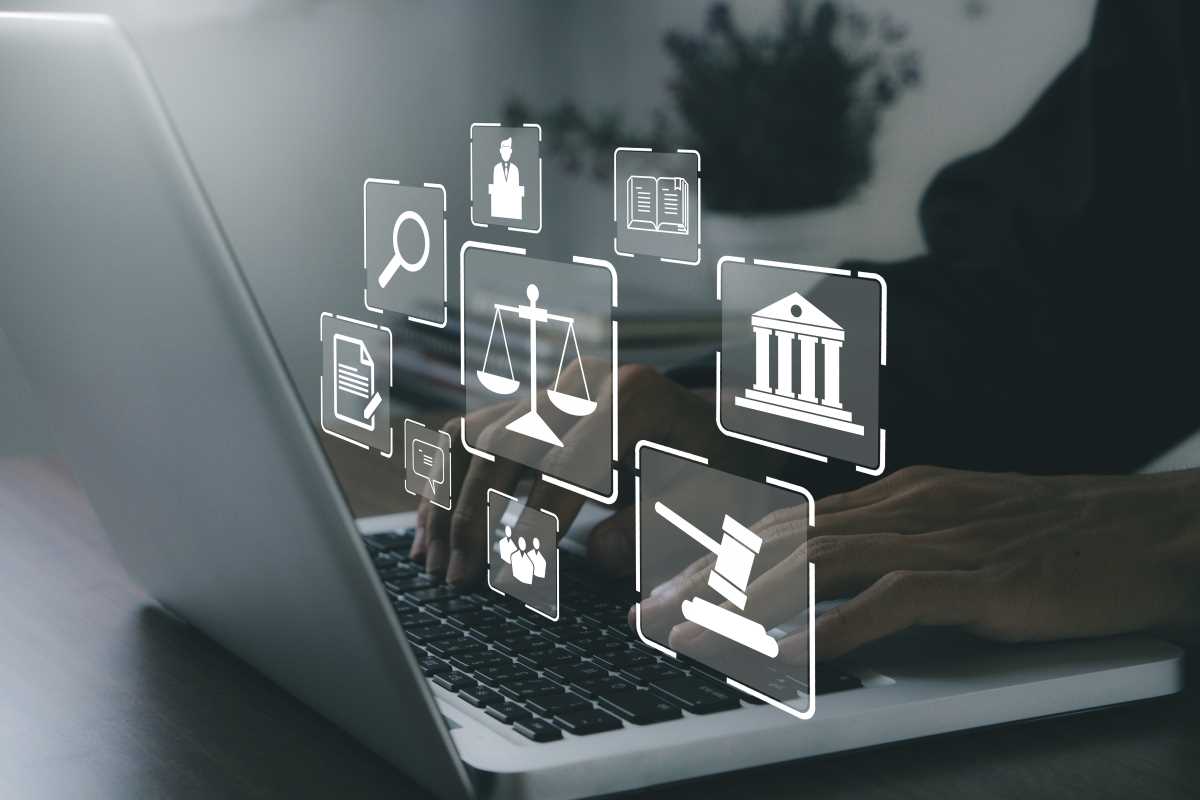Realizing someone has stolen your identity can be a shocking and unsettling experience. Identity theft doesn’t just compromise your personal information. It can derail your sense of control and financial security. Cybercriminals might use your details for fraudulent credit applications, unauthorized purchases, or even more complex schemes. Recovering from identity theft requires swift action, careful planning, and a clear understanding of what steps to take. This comprehensive guide should help you regain control of your finances, protect your personal data, and minimize long-term damage.
Recognizing Identity Theft
Understanding the signs of identity theft is the first step toward resolving the issue. Suspicious activity often appears as unexplained charges on your accounts, unfamiliar credit inquiries, or missing bills and statements. Online breaches may result in fraudulent emails or account lockouts. Receiving debt collection notices for accounts you never opened signals a serious identity theft problem.
Checking your credit reports regularly helps you identify suspicious activity early. Monitor your accounts closely for unfamiliar transactions and take immediate action upon discovering something unexpected. Keeping a vigilant eye on your financial records makes finding and addressing future inconsistencies much simpler.
Report the Identity Theft Immediately
Contacting the right authorities and organizations of the crime flags the identity theft and limits further damage. Start by filing an identity theft report with the Federal Trade Commission (FTC) using their online portal, IdentityTheft.gov. This report becomes your central document when working to recover your identity.
Notify your local police department about the theft. A police report can assist in disputes with creditors when proving that the crime occurred. Bring any evidence to the authorities, such as bills, credit statements, or fraudulent tax returns. Request copies of all documentation for your records.
Inform your financial institutions, like banks and credit card providers, about the theft immediately. Most companies have fraud hotlines to begin freezing compromised accounts, issuing replacements, and recovering funds. Acting quickly prevents further unauthorized access.
Freeze and Monitor Your Credit
Placing a credit freeze with the three major credit bureaus restricts access to your credit file. This step protects against fraudsters opening new accounts in your name. Freezing your credit is free and doesn’t affect your credit score. Each bureau requires the freeze to be requested individually, and you’ll receive a PIN or password essential for lifting the freeze later.
Establishing fraud alerts is another protective measure. A fraud alert notifies potential creditors to verify your identity before approving new credit applications. Initial fraud alerts last for one year and can be renewed as needed.
Consider signing up for credit monitoring services offered by banks or third-party providers. These services notify you about any changes to your credit reports. While not mandatory, they provide valuable peace of mind.
Secure All Your Accounts
Access to your email, bank, and social media accounts may have been compromised. Begin by changing your passwords for all online accounts, prioritizing financial ones. Create strong, unique passwords combining letters, numbers, and special characters. Avoid reusing passwords across platforms.
Enable two-factor authentication (2FA) where available. This adds an extra security layer, requiring confirmation codes sent to your email or phone in addition to your password. Use authentication apps over SMS, as text messages can be intercepted.
Review linked accounts and devices for suspicious activity, such as unrecognized logins or connections. Disconnect unauthorized devices and update security settings to prevent further breaches.
Dispute Fraudulent Charges
Anyone affected by identity theft should promptly dispute unauthorized transactions with their bank or credit card issuers. Most financial institutions have dedicated fraud departments to assist you. To support the dispute, provide them with evidence, including account statements and your FTC identity theft report.
Another step is closing compromised accounts and requesting replacements. This action stops thieves from continuing to use your existing account information. Be clear about recognizing only legitimate charges while disputing fraudulent ones. Financial professionals will guide you through resolution timelines and procedures.
For fraudulent loans or credit accounts, contact the lending institution immediately. Request the closure of fraudulent accounts and make sure no further activity occurs. Lenders may require identity verification documents or copies of your FTC and police reports. Keep track of all correspondence for your records.
Protect Your Social Security Number
Social Security numbers (SSNs) are often exploited by identity thieves for credit fraud, tax fraud, or obtaining government benefits. Request a new Social Security card only if there is undeniable evidence your SSN has been misused.
Contact the Social Security Administration (SSA) about safeguarding your number. Reviewing your earnings record checks to see that no one has used your SSN for unauthorized employment purposes. Report anomalies to the SSA immediately.
Tax fraud is another common issue with stolen SSNs. Notify the IRS about the identity theft and file an identity theft affidavit (Form 14039). This halts potential fraud involving your tax return and tells them to monitor your account for suspicious activity.
Notify Additional Relevant Parties
Some forms of identity theft involve crimes beyond financial fraud, such as unauthorized medical treatment or misuse of your driver's license. Alert the appropriate organizations to protect against future misuse.
- Contact your doctor’s office or health insurer if your medical information was compromised.
- Notify your state’s motor vehicle department about potential license fraud.
- Reach out to utility providers or landlords involved in fraudulent applications.
Take Preventative Measures Moving Forward
Although dealing with identity theft is stressful, taking preventative steps afterward can improve your overall cybersecurity. Shred sensitive documents before discarding them to reduce the risk of physical theft. Avoid sharing personal details or login credentials via email or phone call unless you’re confident about the recipient.
Securing your devices with updated antivirus software and firewalls prevents malware attacks. Implement tools like ad blockers or encrypted browsers for safer internet usage. Recognizing phishing emails and scam calls further reduces the risk of handing over personal information to criminals unintentionally.
Establishing a digital vault for storing important documents and passwords protects them. This includes copies of your ID, Social Security card, and birth certificate. Backing up files through secure cloud storage or encrypted drives offers an extra layer of safety.
Regaining Confidence
Recovering from identity theft involves persistence, organization, and awareness of potential risks. Following these steps helps restore your financial stability and confidence in managing personal information. Identity theft may present significant challenges, but addressing the issue firmly equips you to emerge stronger and more secure in the future.
This general information does not constitute legal or financial advice. Please consult a qualified professional for advice tailored to your specific situation.
 (Image via
(Image via





